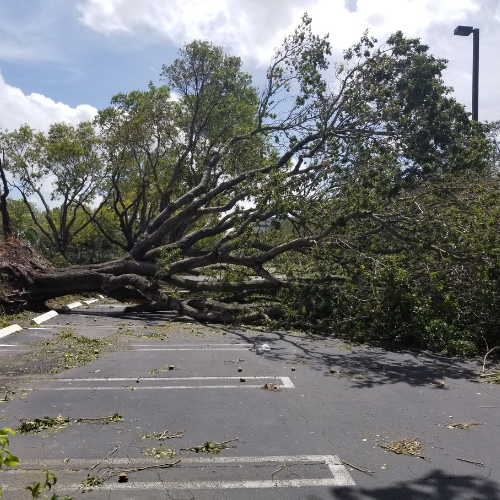How Much Does Insurance Cover Tree Removal after a Storm?
by siteadmin

Trees can add beauty to any property but can also pose a danger if they fall on houses or other structures. This is why homeowners insurance often pays for tree removal after a storm.
The type of tree and the location it fell will affect whether or not your home insurance covers it. Many policies will also cover cleanup costs after a fallen tree.
Standard homeowners policies should cover the cost of tree removal. If it has caused any damage or is blocking your driveway or disability access, it will likely be possible to have your home insured. If the tree does not cause damage or impede your access to the property, however, you will be covered.
Most insurers limit tree removal coverage by limiting it to a certain percentage of your policy limits, a fixed number, or a per -tree amount. For example: If your home is insured for $250,000 then insurance companies will generally only spend 5% of the policy limit on tree removal.
Extended replacement cost endorsements may be necessary to pay for additional expenses if your house is damaged by falling trees. This endorsement will help to save you time as well as money on your insurance premiums.
Trees that are dangerously old, unhealthy or more susceptible to falling from storms should be removed by homeowners. This is especially important if a storm is expected to hit in the near future.
According to Insurance Information Institute most home insurers will cover the removal and repair of trees that have caused damage to your house or other buildings. In addition, they usually cover the removal of debris if it is blocking your driveway or handicapped-accessible entrance.
A tree usually is not covered by standard homeowners policies unless it falls on your property due to an event considered a covered risk. This is because standard homeowners insurance does not cover a tree that falls on your home due to an earthquake, flood, or landslide.
Insurance companies may refuse to cover tree removal if you are responsible for making the tree more vulnerable to falling. Avoiding these issues is the best way to prevent them. Trees should be kept healthy.
If you live in an area that is subject to a hurricane, flood or earthquake, an additional policy should be taken to cover the cost of tree removal. These policies are generally cheaper than standard homeowners insurance and can result in significant savings over a long time.
2639 Audubon Rd, Audubon, PA 19403
Trees can add beauty to any property but can also pose a danger if they fall on houses or other structures. This is why homeowners insurance often pays for tree removal after a storm. The type of tree and the location it fell will affect whether or not your home insurance covers it. Many policies…
Recent Posts
- Affordable Fencing Solutions: Fence Company Rochester NY Offers Insight on the Cheapest Fence Installations in Rochester, NY
- Affordable Fencing Solutions: Fence Company Rochester NY Offers Insight on the Cheapest Fence Installations in Rochester, NY
- Expert Roofers Columbus Shares Insights on the Roofing Installation Process in Columbus, GA
- Mastering Tree Removal: A Comprehensive Guide for Tree Care in Fairfax
- Mastering Tree Removal: A Comprehensive Guide for Tree Care in Fairfax
